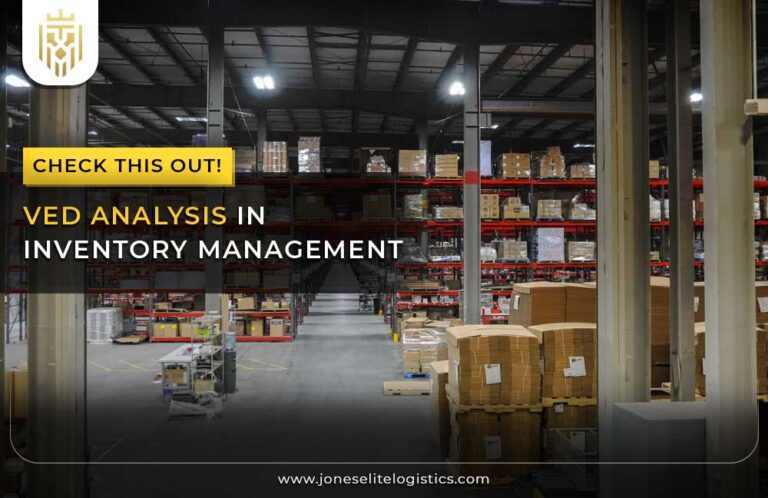What is the Pharma Supply Chain:
A pharmaceutical supply chain is a sophisticated network that integrates suppliers, manufacturers, distributors, healthcare providers, and patients to facilitate the efficient, safe, and timely delivery of medications from production to end-user.

How Does Pharma Supply Chain Work:
The pharma supply chain operates through a series of steps, from sourcing raw materials to delivering finished medications to patients. It involves coordination among multiple stakeholders to ensure the safe and timely delivery of medicines.
Core Players in the Pharma Supply Chain:
The key stakeholders in the pharma supply chain include manufacturers, distributors, packaging companies, regulatory agencies, and raw material suppliers.
Wholesale distributors:
Wholesale distributors connect pharmaceutical manufacturers with pharmacies and healthcare providers, ensuring the availability of medications. They play a crucial role in managing the logistics and inventory of pharmaceutical products.
Packaging companies:
Packaging companies provide specialized services to protect, label, and deliver pharmaceutical products safely and effectively. They ensure that medicines are packaged according to regulatory standards and remain intact during transportation.
Regulatory agencies:
Regulatory agencies oversee and enforce standards to ensure the safety, efficacy, and quality of pharmaceutical products. They are responsible for approving drugs, monitoring adverse effects, and ensuring compliance with legal requirements.

Raw material suppliers:
Raw material suppliers provide the essential ingredients required for the production of pharmaceutical drugs. They supply active pharmaceutical ingredients (APIs) and other materials necessary for drug formulation and manufacturing.
Critical Steps in the Pharma Supply Chain:
The essential stages in the pharma supply chain include R&D, manufacturing, packaging, distribution, and dispensing.
Research and Development:
R&D involves the discovery, testing, and development of new pharmaceutical products. This phase includes clinical trials, regulatory approval, and product formulation.
Manufacturing:
Manufacturing transforms raw materials into finished pharmaceutical products through standardized processes. It ensures that medicines are produced consistently, meeting quality and safety standards.

Packaging:
Packaging ensures that pharmaceutical products are safely and accurately labelled for distribution. It involves protecting the products from contamination and ensuring they reach the end-users in optimal condition.
Bulk Distributors and Repackagers:
Bulk distributors and repackagers handle large quantities of pharmaceuticals, repackaging them for end-users. They play a key role in ensuring that medications are appropriately sized, labelled, and ready for dispensing.
Pharma Supply Challenges:
The pharma supply chain faces challenges such as visibility, data collection, transparency, and security.
Inadequate Visibility of the Cold Chain:
Limited oversight of the cold chain can lead to compromised pharmaceutical product integrity. This can result in reduced efficacy or even spoilage of temperature-sensitive medications.
Real-time data collection:
Challenges in real-time data collection can hinder timely decision-making and supply chain efficiency. Accurate and timely data is essential for monitoring and managing the pharma supply chain effectively.
Supply chain transparency:
A lack of transparency can result in inefficiencies and increased risks within the pharma supply chain. Transparency is crucial for ensuring compliance, traceability, and accountability across all stages.
Safety & Security:
Ensuring the safety and security of pharmaceutical products throughout the supply chain is a critical challenge. This includes protecting products from theft, tampering, and contamination.
FAQs
1) What is the Pharma Supply Chain?
A pharmaceutical supply chain is a sophisticated network that integrates suppliers, manufacturers, distributors, healthcare providers, and patients to facilitate the efficient, safe, and timely delivery of medications from production to end-user.
2) How Does the Pharma Supply Chain Work?
The pharma supply chain operates through a series of steps, from sourcing raw materials to delivering finished medications to patients. It involves coordination among multiple stakeholders to ensure the safe and timely delivery of medicines.
3) What are the challenges of the Pharma Supply Chain?
The challenges are: Inadequate Visibility of the Cold Chain, Real-time data collection, Supply chain transparency, and Safety & Security
4) What are the Steps in the Pharma Supply Chain?
The steps are: Research and Development, Manufacturing, Packaging, Bulk Distributors and Repackagers.







